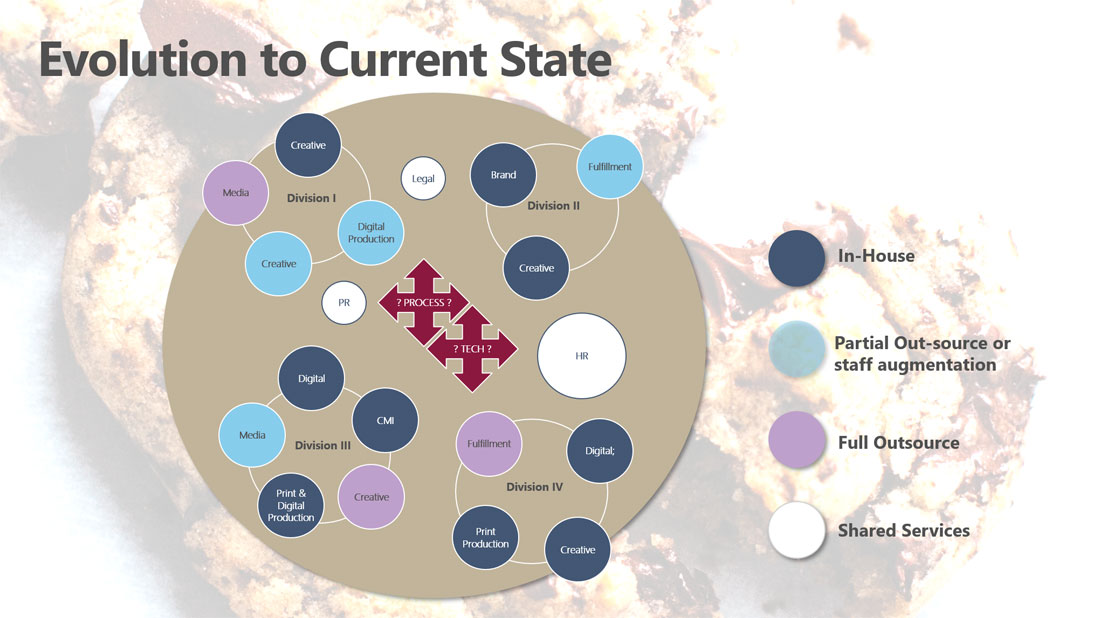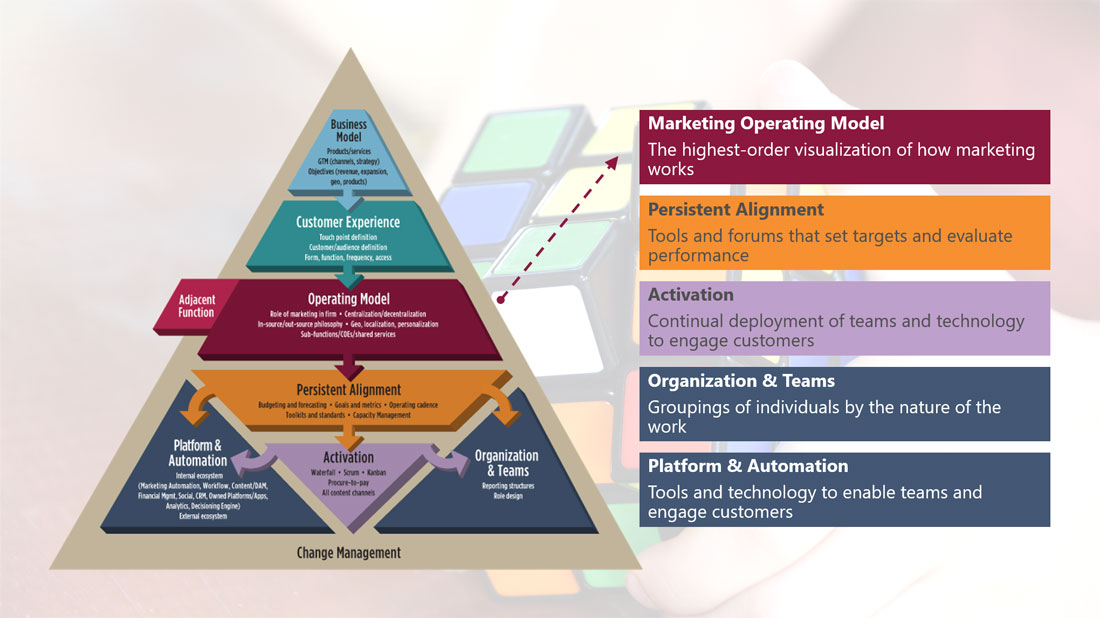
This is the first of a blog series featuring a conversation with Kelley Troia on lessons learned from retail giants Walmart and Whole Foods/Amazon.
Walmart and Whole Foods. Two very different retailers, with a lot in common.
While these organizations’ cultures differ vastly, both are leading the charge in marketing transformation, successfully competing in today’s fast-paced digital world.
Another thing these two businesses share—Kelley Troia. Kelley has headed marketing operations for both of these retail giants, and she worked with the Zee Jay Digital team in each capacity.
Kelley likens the initiatives to transform marketing in her prior roles at each company to changing tires on a moving car—certainly a fitting analogy, and one that others in the Martech space have referenced. It’s not easy to change a tradition-bound marketing organization, but it’s not impossible either, as these successful retail leaders are demonstrating.
Kelley and I spoke recently about what these retailers are doing to enhance the customer experience. While the Walmart and Whole Foods/Amazon approaches are distinct, they’re both embracing omnichannel approaches and innovative strategies to put them on top in an incredibly challenging environment:
These two organizations stand out because of their visibility, but retail in general must transform at the same rapid rate—or they’ll end up in the same boat as Sears. Walmart and Amazon/Whole Foods are achieving differentiation based on the seamless, personalized experiences they offer, complete with natural handoffs from online to offline wherever customers want them. And both have aligned their marketing organizations to enable the experiences. Other retailers need to apply lessons learned from both.
In working together with these companies, Kelley and I’ve had many conversations about marketing transformation. We’ve talked about how CMOs, marketing operations heads and in-house agency leaders get that they need to change to deliver the experiences customers are demanding, but many (maybe even most) wonder where to start.
They know the way traditional marketing’s worked for the last 20 to 30 years isn’t cutting it. But they’re also well aware of the often quoted McKinsey statistic that 70% of marketing transformation efforts fail.
These leaders understand failure rates are high because what needs to happen is bigger than anything one person or one team can undertake. It requires an organization-wide effort to effectively put new tires on a car while it’s driving in a race for survival.
The two of us learned first-hand that transformation starts with realistic understanding of the level of business analysis needed to modernize process, workflow and team design to determine the proper application of Agile and Waterfall concepts, and the right technology to enable budgeting, strategy development and planning processes.
Kelley’s quick to point out the softer issues that also impact success and failure, including assuring the senior stakeholder is aligned; properly estimating the level of change management needed to change behaviors; and making sure the bandwidth from an executive attention standpoint is there.
There’s more to undertaking the level of effort that Walmart and Whole Foods/Amazon have done than just deploying technology and digitizing processes. In fact, if you start with technology, you’re likely to end up among the majority who don’t get the transformation job done.
Transformation begins with an operating model, the highest-level visualization of how marketing works, that answers the questions that need to be answered before change can happen:
Only by addressing these questions can marketing leaders avoid the pain of failure that comes with insufficient organizational context across marketing and poorly defined scope. Organizing resources optimally (to get out of fragmentation mode) requires a clear direction.
Kelley and I liken the current state of marketing to a chocolate chip cookie. Each chip represents an aspect of marketing, i.e. marketing automation, content management, branding, SEO, etc. While the chips melt together somewhat (and randomly), there’s really not a lot of integration or purpose between the functions. Leaders are often tradition-bound in how they organize their teams to do marketing work, despite the overwhelming evidence that it’s hindering, not helping, the customer experience. (More on the cookie metaphor here.)

As needed functions and talents are added to a current organization, the cookie gets more chocolately, i.e. there’s more going on, but it’s still disjointed. Marketing organizations have evolved in such a manner that they now defy logic—with inefficiencies and cost over-runs rampant, and a customer experience that isn’t being delivered. We see teams (legal, PR and HR for example) that act like shared services but were never intended to be. We meet marketing managers who source work wherever they want. We witness unchecked silos of people doing the same thing, for the same customers, without a thoughtful approach to what should be centralized for scale vs. what should be left free to rapidly sense and respond. These scenarios are the norm for corporate marketing organizations as well as in-house agencies today.
Managing marketing to deliver the customer experience requires us to change our way of thinking. Kelley outlines three things to do differently now:

The operating model is the catalyst to making the leap from a broken state to one that’s seamless, supportive and simple. By defining how marketing works, in the context of the business model and the customer experience, Walmart and Whole Foods/Amazon strengthened their leadership position—and it can help other retailers too.
It is possible to change the tires—even when the car is speeding down the track. We’ll continue the conversation in the next installment of this Zee Jay Digital blog series: What the Car Looks Like When the New Tires are On, where we’ll show you an example of how the Marketing Operating Model works.